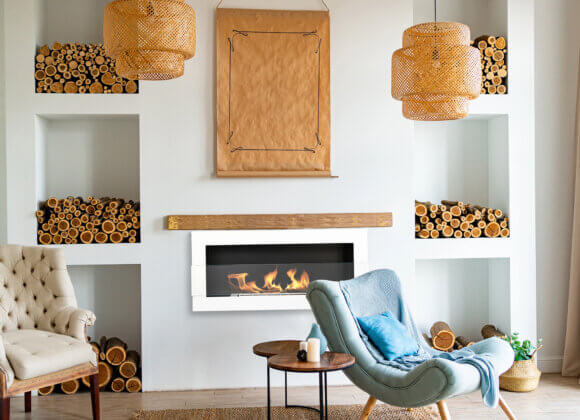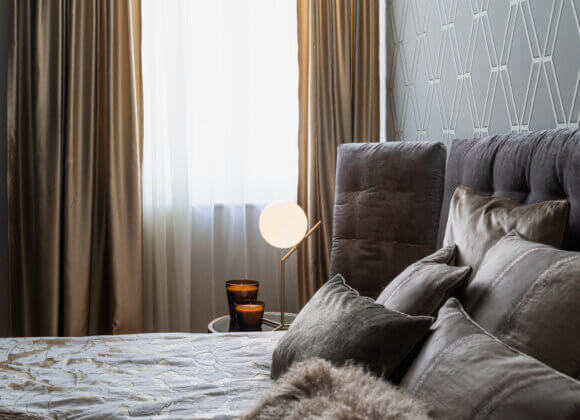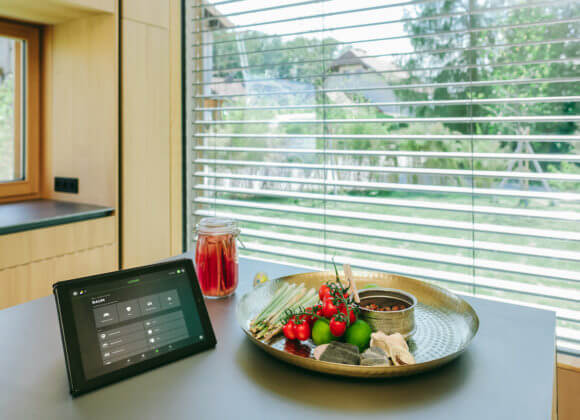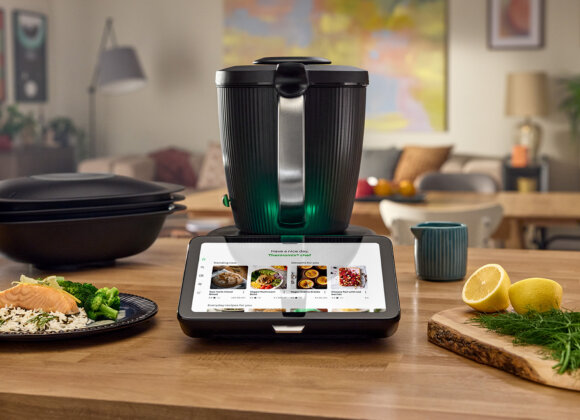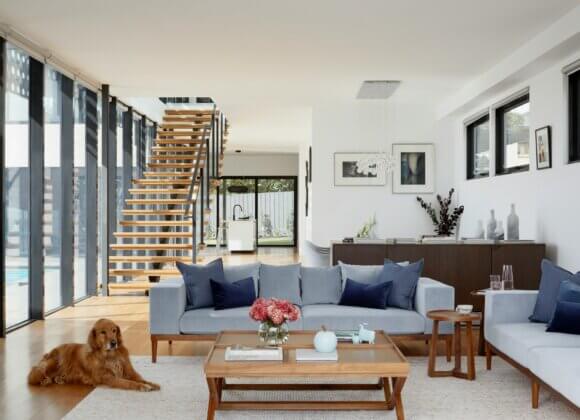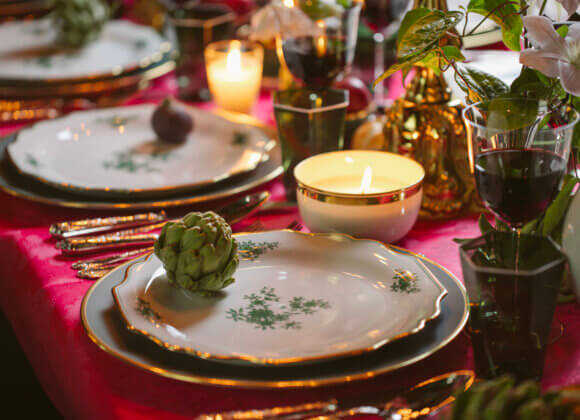The home is the place where we want to feel safe and comfortable – even in old age. Age-appropriate living means designing your own four walls in such a way that comfort, security and style last a lifetime. If you make smart decisions early on, you can create a home that grows with your needs without having to compromise on aesthetics and quality of life. The following seven points show how you can make your home future-proof:
Implementing accessibility elegantly
Accessibility is much more than just installing grab rails. Modern design solutions enable smooth transitions, step-free access and sufficiently wide doors without compromising on style. The effect is particularly harmonious when these solutions are integrated into the overall architectural design. For example, level-access showers that merge seamlessly into the room can be implemented in an aesthetically pleasing way.
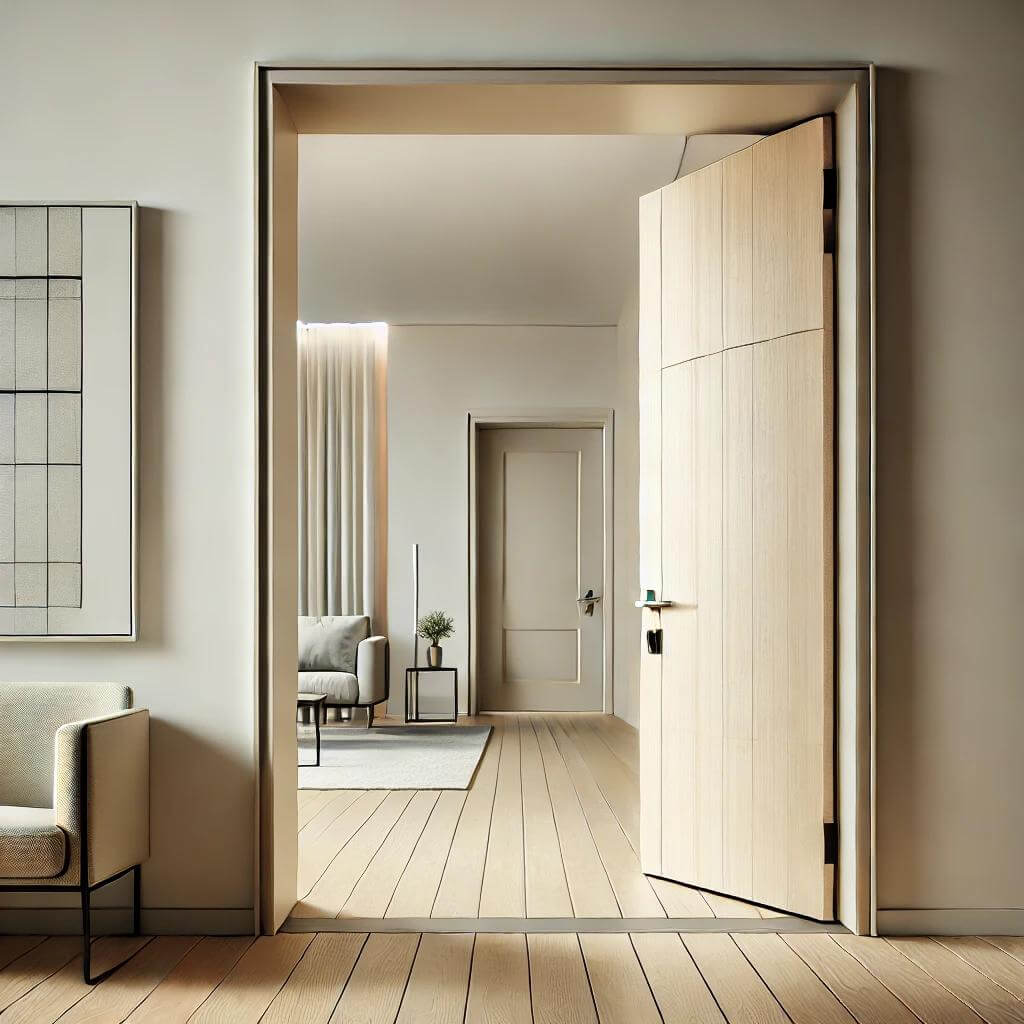
Smart technologies for a comfortable, age-appropriate life
Technology can make everyday life much easier – from controlling the lighting by voice command to smart thermostats that ensure the perfect room temperature. Intelligent assistance systems offer discreet but effective support. It is important that this technology is installed unobtrusively so that it blends harmoniously into the living environment.
Combining essentials on one level
If you live in a multi-storey house or maisonette, you should consider concentrating all the important areas of everyday life on one floor at an early stage. Climbing stairs often becomes tedious or even impossible, especially in old age. A water connection for the washing machine, which may currently be in the basement, can be installed on the first floor – as can access to a barrier-free shower or toilet. This not only minimizes the risk of accidents, but also contributes to greater comfort and independence.
Flexible room concept
Life changes, and so should our living spaces. Open room concepts offer the opportunity to react flexibly to new life situations. Rooms that can be easily converted – from a guest room to a home office or later to a care room – offer the necessary flexibility. Sliding room dividers or modular furniture systems can provide an elegant solution here.
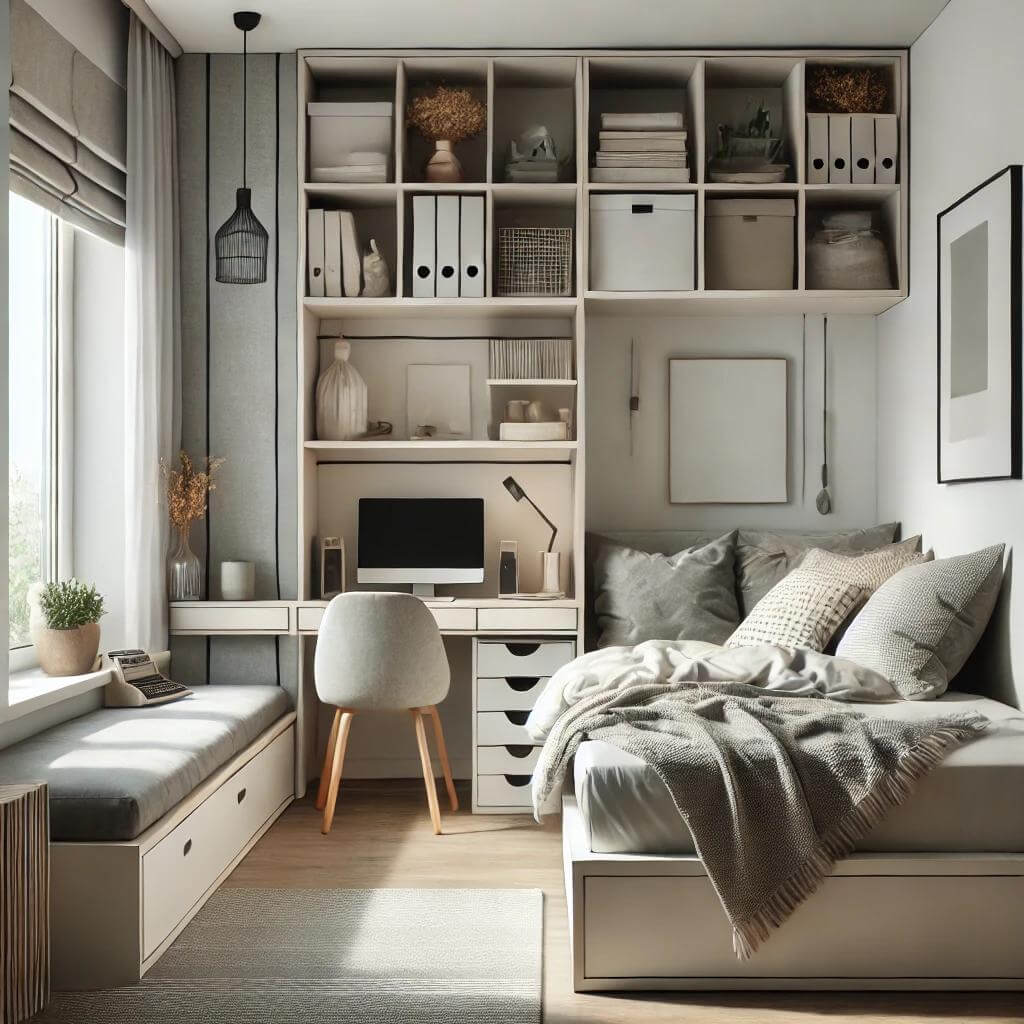
Age-appropriate living thanks to comfort and ergonomics
As we get older, ergonomics and comfort become increasingly important. But here too, there are stylish solutions that not only enhance the living space functionally, but also visually. From height-adjustable kitchen islands to comfortable upholstered furniture that integrates perfectly into a modern interior, ergonomic furniture now offers an aesthetically pleasing alternative.
Lighting concepts for well-being and safety
Good lighting not only creates atmosphere, but also ensures safety. Indirect light sources controlled by motion detectors are not only practical but also stylish. Particularly in areas such as corridors and bathrooms, intelligent lighting concepts can prevent falls and at the same time create a pleasant living atmosphere.
Green oases for peace and relaxation
A future-proof home should offer space for relaxation and retreat. Terraces, balconies or conservatories can be designed as green oases that remain easily accessible even in old age. Raised beds or ergonomically designed garden furniture offer ways to enjoy the outdoors without sacrificing comfort.
These measures make it possible to design a home that not only enables age-appropriate living, but also continues to reflect individual style and aesthetics. Future-proof living means thinking about tomorrow today – without compromising on design and quality of life.
Related posts:
Sustainable furnishings: living with a clear conscience



